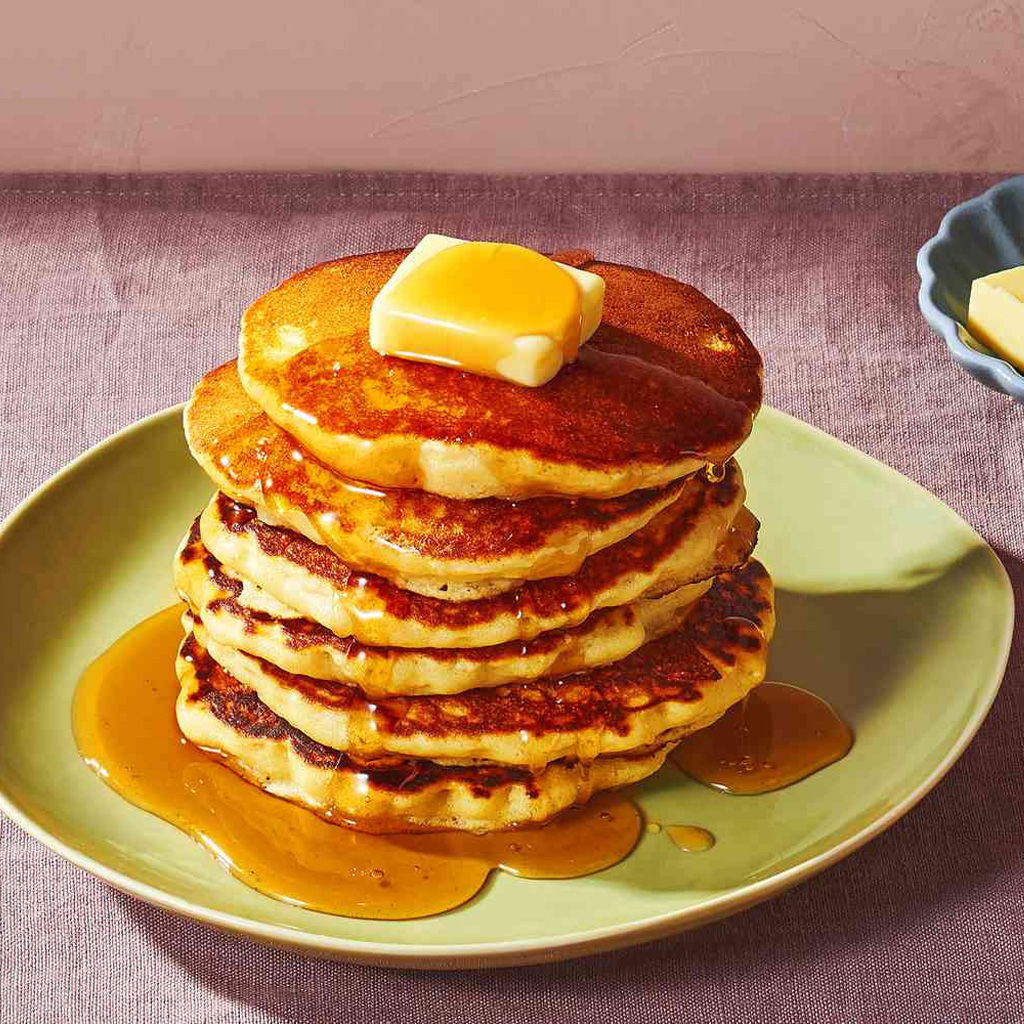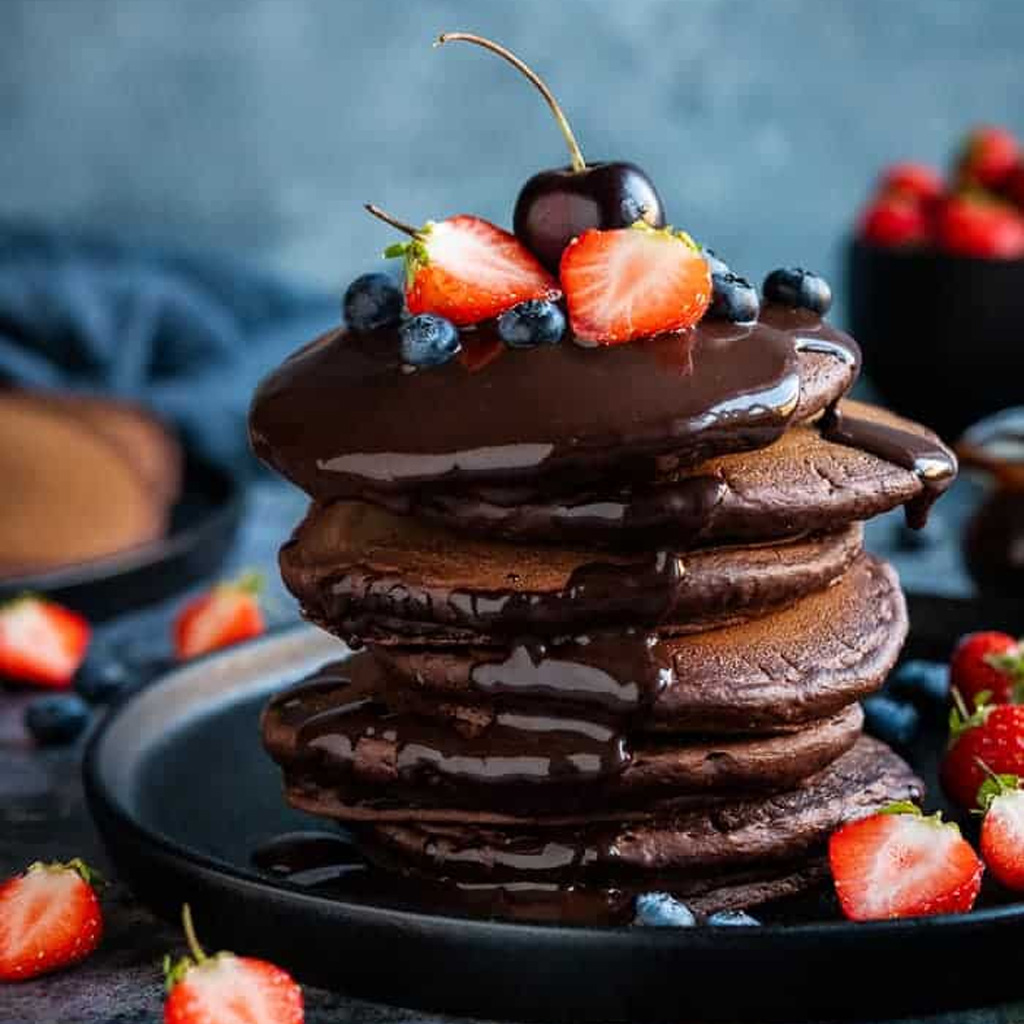The Games Fund Launched a $50 Million Early Investment Fund to Invest in American and European Companies
How Celebrities Manage Their Money
Is There a Vacuum of Casual Games for Female in South Korea? Cookie Run Is Next Only to Lineage, Ranking No.3 in Revenue
The Next $1 Billion-level Match-3 RPG Mobile Game? Small Giant Games Releases New Zombie Theme
How to Get Gold and Diamond for Free
Supercell‘s sixth mobile game "Rush Wars" is now in beta
Who doesn't love pancakes, right? Pancakes have become a universally loved breakfast food that people enjoy. It is often the first meal of the day or part of the dessert or brunch, depending on the place.
While we know of the various variants that exist today, not much is known about how the pancake came into existence in the first place. Join us as we delve into the historical origins of pancakes.
From ancient Pompeii to global traditions
To explore the history of pancakes, we start with early evidence of pancake-like foods. In Pompeii, carbonized cakes were found from the eruption of Mount Vesuvius in 79 AD. These cakes look like pancakes and show they existed in Roman times.
Despite this region being the birthplace of pancakes, these flat wheat products have also been found in the remains of other ancient civilizations as well. In Africa, grinding stones and milling tools from thousands of years ago suggest pancake batters were made there.
In Scandinavia, old petroglyphs show people cooking and flipping pancakes over a fire, hinting at early pancake traditions.
According to many experts, pancakes may have started developing in the Neolithic ages. Early humans grew cereal grains, ground them into flour, and cooked the mixture on hot stones or in primitive pans.
Many cultures and societies largely enjoy pancakes in many forms. In Eastern Europe, blinis are thin pancakes served during Maslenitsa, a festival marking the end of winter. In India, dosas and uttapams are made from fermented rice and lentil batters.

Medieval European pancake
The culinary concept of pancakes was introduced quite rapidly throughout Europe. In medieval Europe, pancakes were linked to religious observances.
Shrove Tuesday precedes the first day of lent, which is observed by Catholics and Anglicans. It is a day for feasting. People used up rich foods like eggs, milk, and sugar before fasting.
As a result, pancakes came to fulfill that need. This in turn gave rise to the celebration of Pancake Day, Pancake Tuesday, or even Mardi Gras. It is still in practice in many countries.
In the middle ages, pancakes were more than just a simple dish. They had symbolic meanings. It was popular belief in England that a person who turns the pancake in the pan would be blessed.
The ingredients used in pancakes—eggs, flour, milk, and fat—had religious significance as well. They represented four pillars of the Christian faith: creation, sustenance, purity, and virtue.

How European explorers spread and shaped pancake traditions across cultures
European explorers and colonists traveled the world. They brought pancakes with them. The dish evolved, influenced by local ingredients and traditions. Today, pancakes come in many forms. Each has its own history and cultural significance.
In France, the crêpe became popular. It is thin and delicate. Crêpes are served with sweet fillings like sugar, fruit, or nutella. They can also have savory fillings like cheese and ham. The Breton version, called "galette," is made with buckwheat flour. It is often filled with eggs, ham, and cheese.
In the United States, pancakes are a breakfast staple. They are also called "flapjacks" or "hotcakes." American pancakes are thicker and fluffier. This is due to the addition of baking powder.
They are often served in stacks with butter and maple syrup. This reflects the abundance of maple syrup in North America.
In Russia, pancakes are known as "blini." They have a long history tied to religious and seasonal celebrations. Blini are made with yeast dough. They are thin and often served with caviar, sour cream, or jam. They are associated with Maslenitsa, a festival marking the end of winter.
Must-try recipes for pancakes
Here’s how to make delicious pancakes from scratch with some must-try recipes mentioned below.
●Oatmeal Buttermilk Pancakes
Begin by grinding old-fashioned rolled oats using a food processor. Set aside a small amount of whole oats for later. Grind the rest into oat flour for about 5 seconds. Add the remaining ingredients to the ground oats in the food processor. Pulse a few times until combined.
Use a griddle for flipping the pancakes. If you don't have one, grab a cast-iron skillet. It’s quite effective, although flipping may be a little difficult.
A normal non-stick skillet also works.cast-iron skillet. It’s quite effective, although flipping may be a little difficult. A normal non-stick skillet also works.
Heat the pan on medium-low. This allows the pancakes to brown on the outside while cooking inside. Avoid high heat to prevent burning.
Watch for bubbles on the surface and the edges drying out. When this happens, flip the pancake. Slide a wide spatula under it and check if it’s browned. If it is, flip it over. The first side takes longer to cook than the second.

●Lemon Ricotta Pancakes
To make Lemon Ricotta Pancakes, start by gathering all the ingredients. You'll need 1 cup of ricotta cheese and 1 cup of all-purpose flour. Also, get 1/4 cup of granulated sugar, 2 large eggs, and 1/2 cup of milk.
Add 1 teaspoon of baking powder, 1/4 teaspoon of baking soda, and 1/4 teaspoon of salt. Zest and juice 1 lemon. You'll also need 1 teaspoon of vanilla extract. Have butter or oil ready for cooking. If desired, you can serve the pancakes with maple syrup, fresh berries, or powdered sugar.
First, prepare the ingredients. Measure everything out. Zest the lemon and then juice it. Keep them separate for later. In a large bowl, whisk the dry ingredients. This includes flour, sugar, baking powder, baking soda, and salt.
Next, mix the wet ingredients in another bowl. Combine the ricotta cheese, eggs, milk, lemon zest, lemon juice, and vanilla extract. Stir until smooth and well combined. Gradually add the wet ingredients to the dry ones. Stir until just combined. The batter should be slightly lumpy, so don't overmix.
Now, heat a non-stick skillet or griddle over medium heat. Add a small amount of butter or oil to the pan. Pour 1/4 cup of batter onto the skillet for each pancake. Cook for 2-3 minutes or until bubbles form on the surface. Flip the pancake and cook for another 2 minutes or until golden brown.
Finally, serve the pancakes warm. Add maple syrup, fresh berries, or powdered sugar if you like.
Conclusion
The history of pancakes speaks of the lasting popularity of such a simple yet versatile dish. Pancakes have been used by different people from the past to today.
Regardless, whether a pancake is served during breakfast, as a dessert, or at a party, they never cease to satisfy our hunger, one bite at a time.